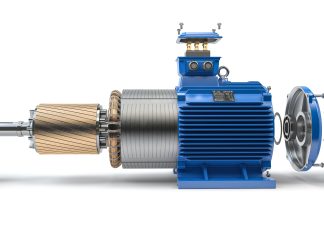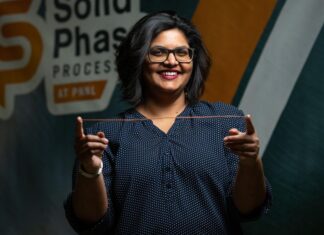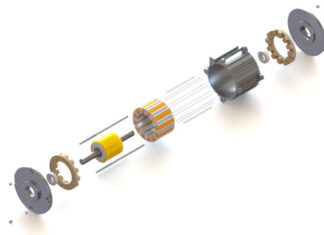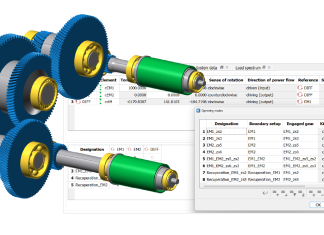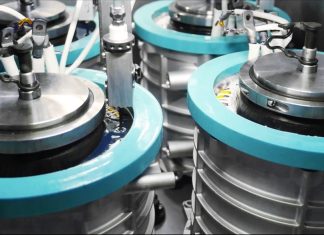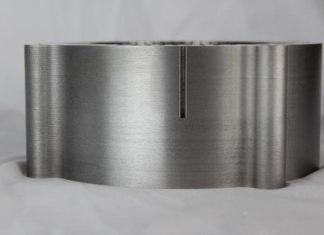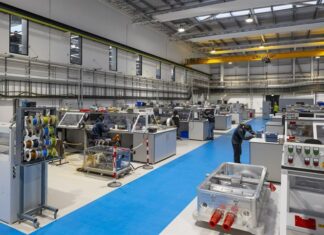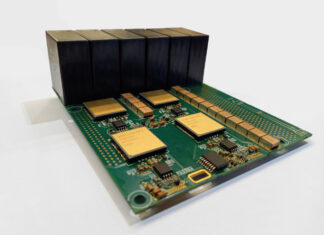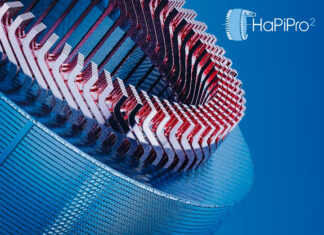NVH analysis of an electric axle
A detailed methodology for the NVH analysis of an electric axle (EDU), which integrates: the plotting of mechanical and electric orders; the modal analysis and the flexible multi-body simulation.
Electric Motors Efficiency needs better copper
A new manufacturing process yields highest conductivity copper composites at bulk scale. This is a discovery of researchers at Pacific Northwest National Laboratory (PNNL): they have increased the conductivity of copper wire by about...
Volvo invests in a new laboratory in Shanghai
To design and to manufacture in-house electric motors for the next car generation, Volvo Cars has inaugurated in Shanghai, in China, a new laboratory precisely dedicated to electric propulsion systems. This structure, in operation...
Ambitious electric motor goal from USA
QM Power and the SPARK Lab at University of Kentucky shared the combined results of a large-scale, multi-objective design optimization study, and lab testing of a prototype motor designed to meet the ambitious 2025...
Design, optimization and verification of EV gearboxes
The KISSsoft System Module allows to predefine virtually any possible combination of shifting positions and boundary setups in a transmission or gearbox. They are then combined into Operating Modes. These operating modes specify which...
Beyond standard potting
The electric vehicle (EV) market is experiencing explosive growth, projected to surpass traditional internal combustion engine vehicle sales within the next two decades. This shift has intensified demand for advanced electric motor...
Worthington Steel subsidiary Tempel announces new technology for motor core lamination bonding
Worthington Steel, Inc. announced today that its Tempel Steel subsidiary has developed Full Surface Bonding (FSB™), a process for bonding electrical steel laminations which, when stacked together, form a motor core. The...
University of Nottingham starts electric motor consultancy
The University of Nottingham has created a business unit for the industrialisation of electrical motors and drive systems, claiming that it is the first UK institution to establish an independent business unit for the...
Power converters, gallium nitride technology
The collaboration between Power Electronics Innovation Center (PEIC) of Turin Polytechnics and Marelli Motorsport, the Motorsport business unit of Marelli global automotive supplier, expert in the development of hybrid and electric systems for motorsport,...
Ford project that studies the electric motors of the future
In Germany, Ford with other partners has created a consortium to develop next-generation electric motors, to study new production processes.
The research project is called HaPiPro 2 and its target is developing new base products...

